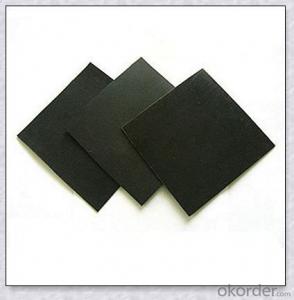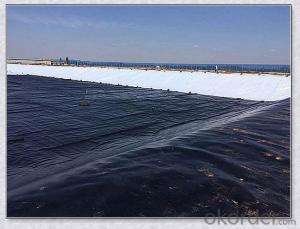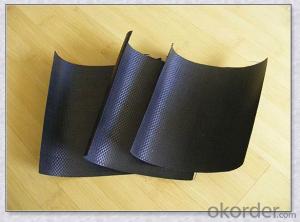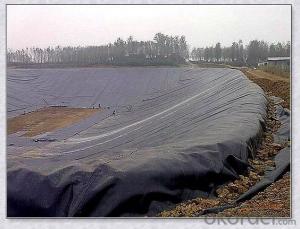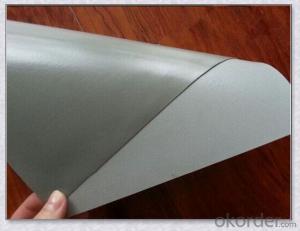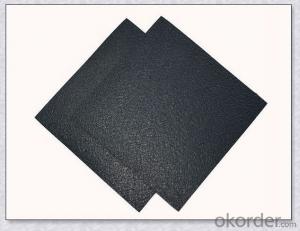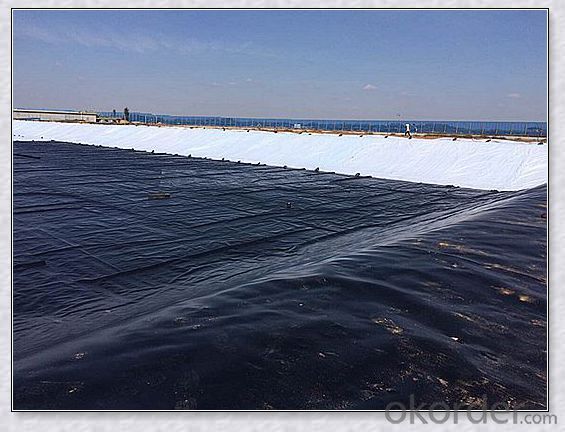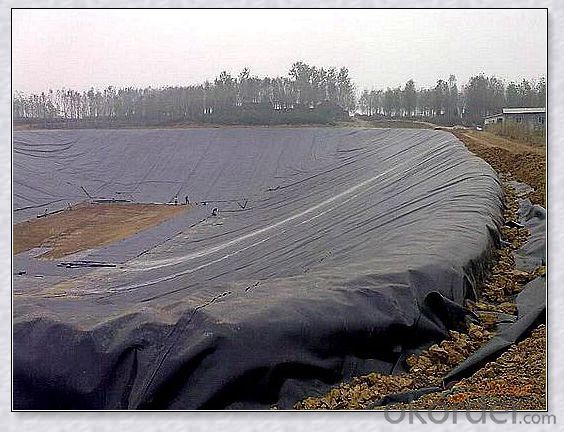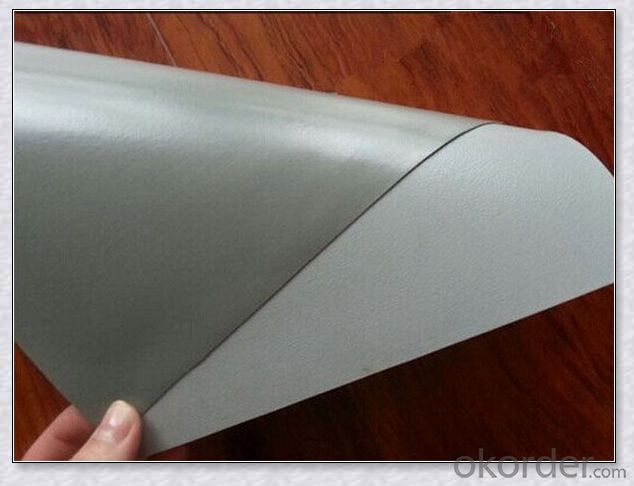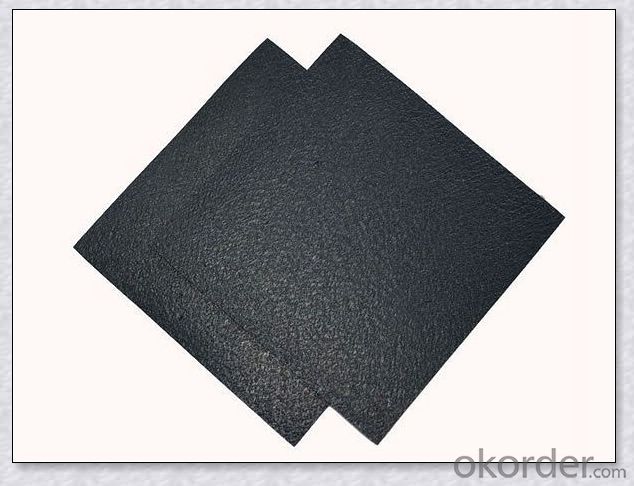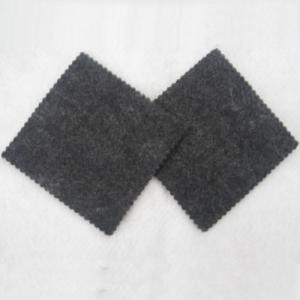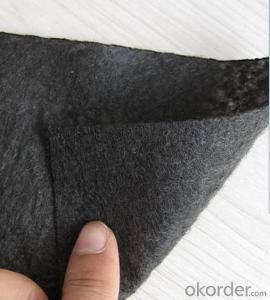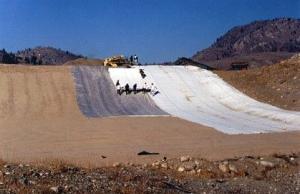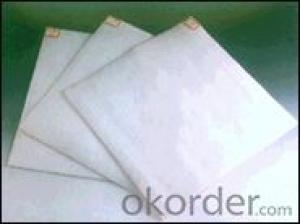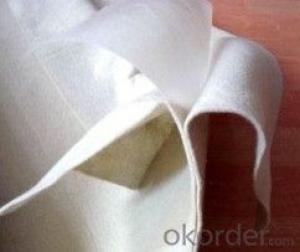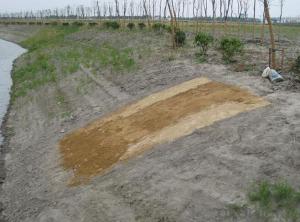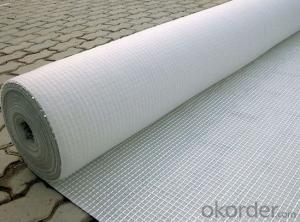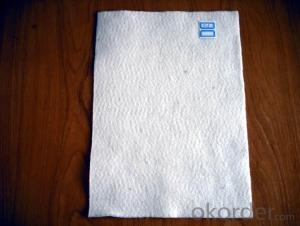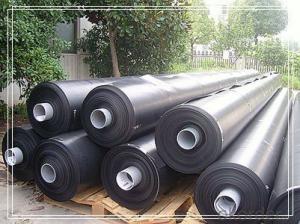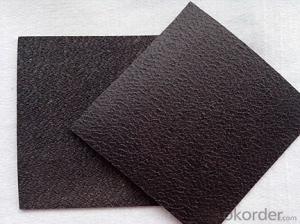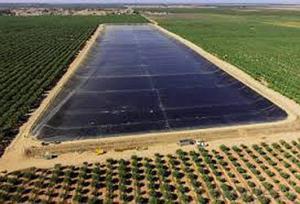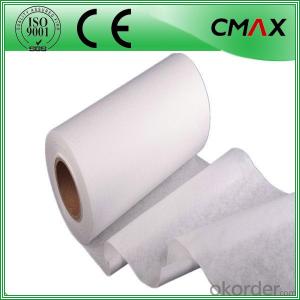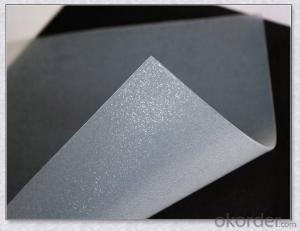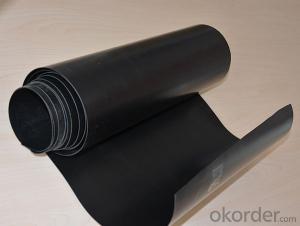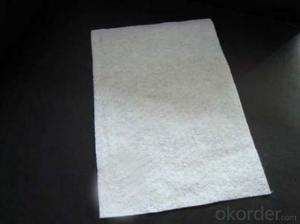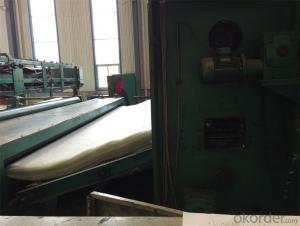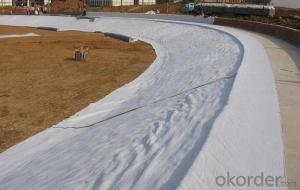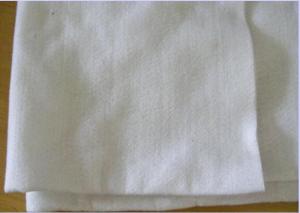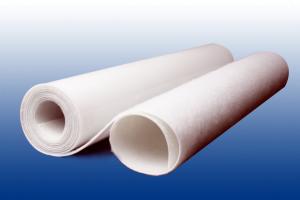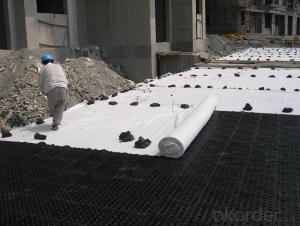Hanes Geo Components Woven Geotextile High-Density Polyvinyl Chloride (HDPE) Geomembranes
- Loading Port:
- China main port
- Payment Terms:
- TT OR LC
- Min Order Qty:
- 1000 m²
- Supply Capability:
- 1000000 m²/month
OKorder Service Pledge
OKorder Financial Service
You Might Also Like
Specification
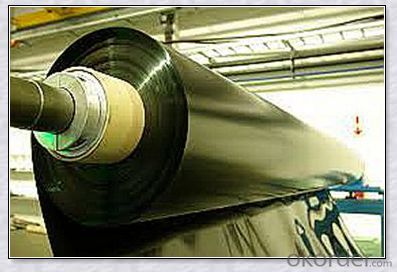
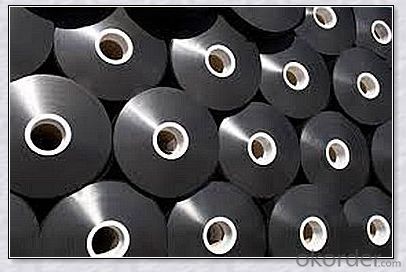
HDPE
High Density Polyethylene (HDPE) is the high density version of PE plastic and is harder and denser than the LDPE, but is less ductile, and lighter than water. Climax HDPE Film / Sheet / Liner / Geomembrane has proved to be a boon especially for developing countries like India by playing an important role to prevent the air and groundwater pollution.
Properties
Lightness
Flexibility
Puncture Resistance
Deformability, Conformability to the soil.
Weldability, Seamability
Low Co-efficient of Thermal Expansion
Critical friction angle
Ageing and weathering
Inert material
Non-toxic
Packaging & Shipping
Packing: PLASTIC FILM INSIDE, AND WOVEN BAG OUTSIDE
Shipping: About 15 days after receipt the deposit
Our Service
Quality assurance
1.On a regular basis or as per your request,we entrust national testing agencies to conduct quality inspections
2. Strictly in accordance with the ISO9001-2008 international quality system standard,we monitor and manage the whole process throughout production,quality testing,and measurement to ensure product quality
3. For quality-related construction delay or substandard construction(except for damage or losses due to customer’s responsibility or irresistible natural disasters),we have refunding,replacement,and repair services.We will respond to customers’ feedbacks on quality issues within 24 hours.
FAQ:
Q: What kind of payments does jenor support?
A: T/T, L/C, Cash are accepted.
Q: Do you charge for the samples?
A: Accordeing to our company policy, the samples are free, we only charge the freight fee. And we will return the freight fee during the next order.
Q: Can you produce according to customers' design?
A: Sure, we are professional manufacturer, OEM and ODM are both welcome.
Q: Do you have other products?
A: Yes, please check the pictures:
- Q: Geotextile how to construction?
- There are specialized construction teams
- Q: Construction Method of Sand and Gravel Cushion on Slope Soil Geotextile
- Online to find some relevant construction methods, Google library on a lot. After downloading, modify, targeted to add that is the slope of geotextile sand and gravel cushion construction method.
- Q: Roof garden pool at the bottom with pebbles, pebbles above with geotextile, geotextile above the soil
- Should be installed drainage board it! Geotechnical material manufacturers to answer!
- Q: Geotextile, 150g how much money per square meter
- 1.2 to 1.5. See quality requirements. Huazhi geotextile material manufacturers
- Q: How do geotextiles aid in the reduction of differential settlement?
- Geotextiles aid in the reduction of differential settlement by providing a stable and reinforced base layer. The fabric acts as a barrier, preventing the mixing of different soil layers and limiting the movement of soils. This helps to distribute the load evenly, reducing differential settlement and ensuring a more uniform and stable foundation.
- Q: What are the different geotextile installation techniques for steep slopes?
- There are several geotextile installation techniques that can be used for steep slopes. These include anchoring the geotextile with soil nails or rock bolts, using geotextile wraps or sleeves around soil or rock slopes, and installing geotextile mats or grids on the slope surface. These techniques help to stabilize the slope, prevent erosion, and improve overall slope stability.
- Q: Are geotextiles effective in preventing weed growth?
- Yes, geotextiles are effective in preventing weed growth. They act as a physical barrier that inhibits weed growth by blocking sunlight and preventing weed seeds from germinating. Additionally, geotextiles allow for water and air permeability, ensuring proper drainage while still suppressing weed growth.
- Q: Geotextile need to adjust the humidity before sampling, what does this mean
- probably. For the first time I heard that geotextiles were sampled to be wet.
- Q: Filter geotextile performance ~ main function ~
- Filter geotextile performance ~ main function ~
- Q: How do geotextiles help in reducing the impact of heavy rainfall on soil?
- Geotextiles help in reducing the impact of heavy rainfall on soil by acting as a barrier between the soil and the water. They provide reinforcement to the soil, preventing erosion and soil displacement caused by the force of the rainfall. Additionally, geotextiles allow water to infiltrate into the soil and drain efficiently, reducing the risk of waterlogging and improving the overall stability of the soil during heavy rainfall events.
Send your message to us
Hanes Geo Components Woven Geotextile High-Density Polyvinyl Chloride (HDPE) Geomembranes
- Loading Port:
- China main port
- Payment Terms:
- TT OR LC
- Min Order Qty:
- 1000 m²
- Supply Capability:
- 1000000 m²/month
OKorder Service Pledge
OKorder Financial Service
Similar products
Hot products
Hot Searches
Related keywords
